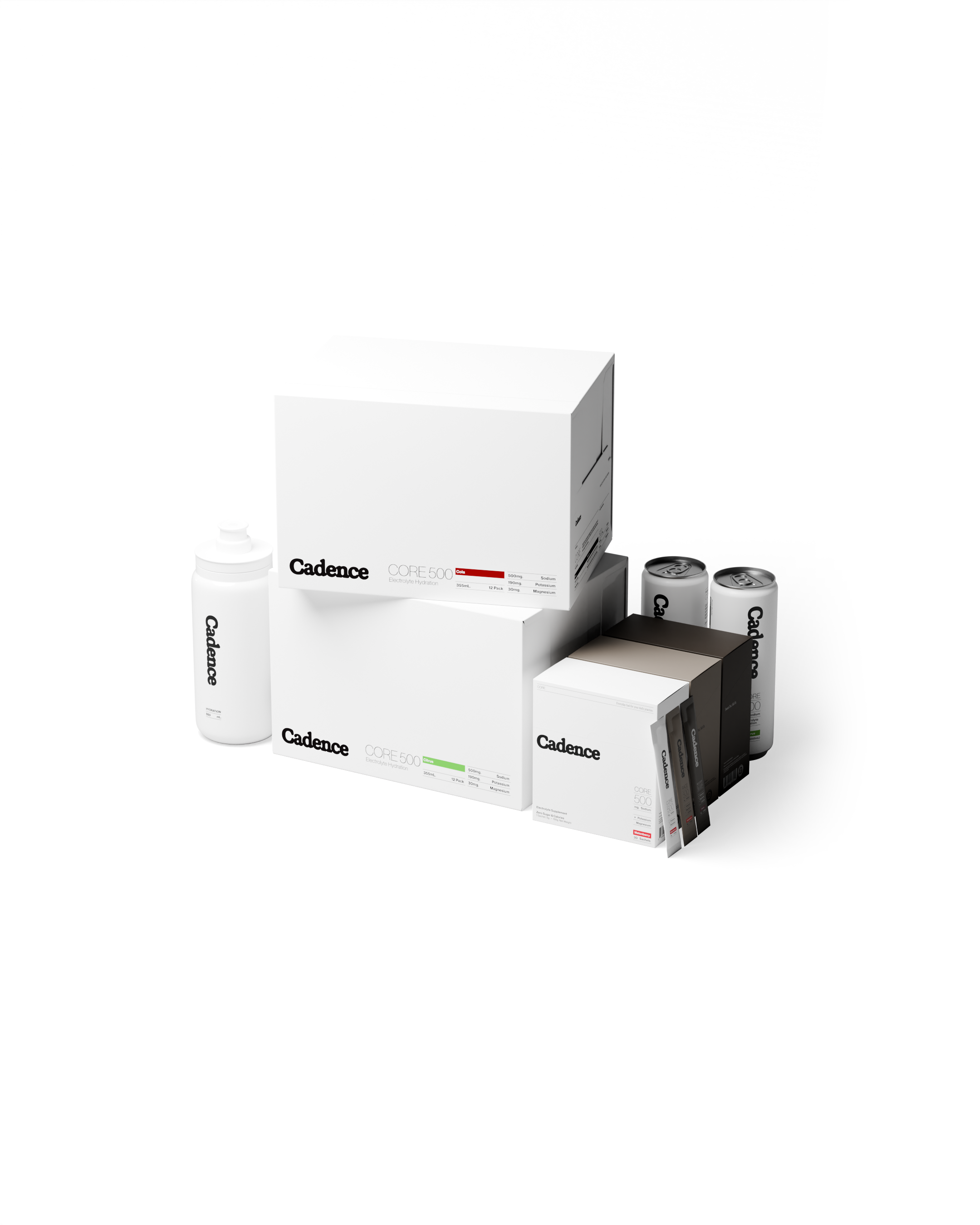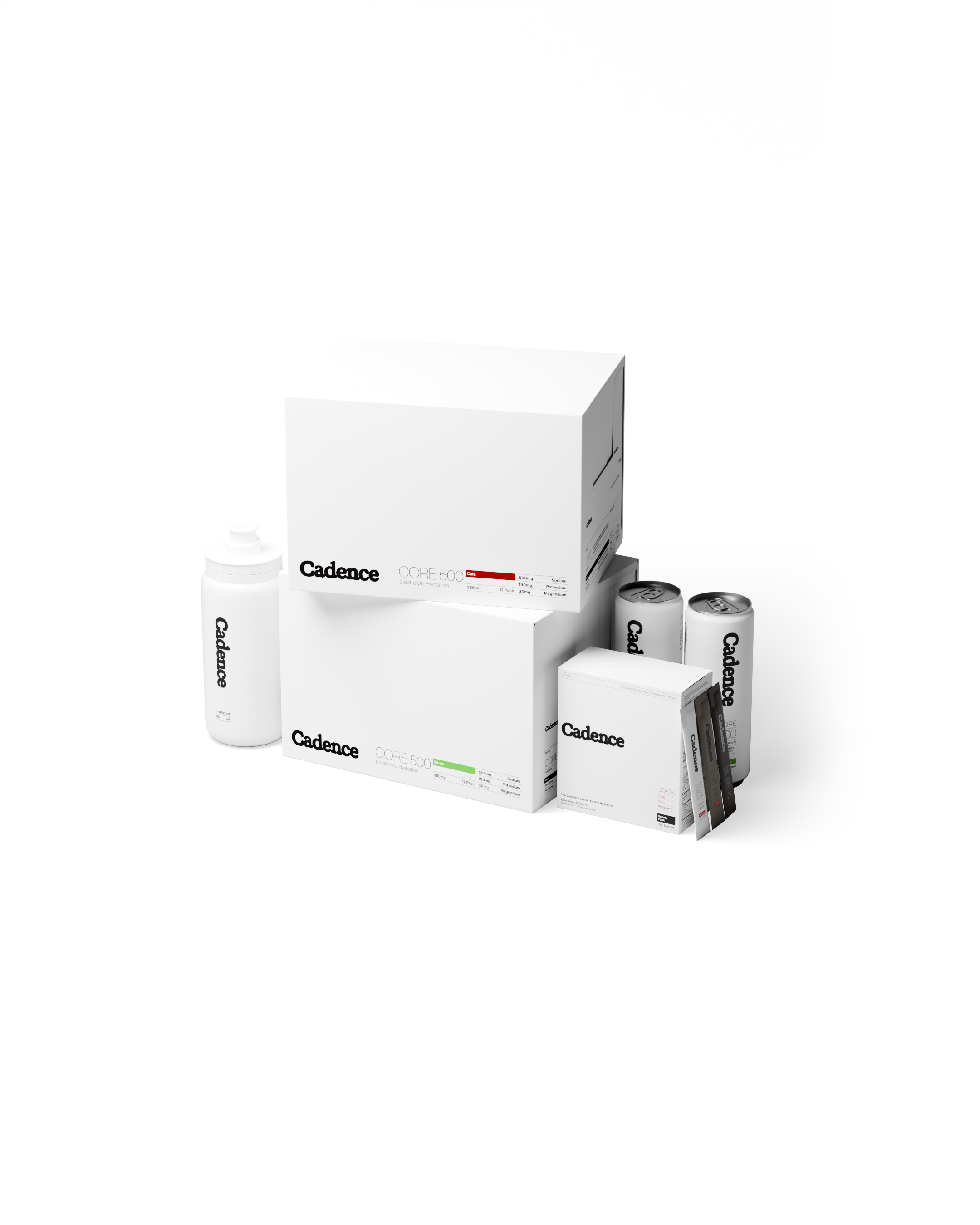Introduction
At Cadence ™, the central point of our messaging is that we need more salt.
For years, we’ve been told differently, that we must limit our salt intake. Our goal is to change this narrative. The argument that we need more salt is far from conventional, but it is not unfounded.
Here is why you may need more salt.
The Truth of Salt in the Diet
Dietary Salt Intake
Salt has been unfairly attributed to conditions such as hypertension (DiNicolantonio et al., 2017). The science is now telling us that this is more of a correlation than a causation effect. Processed foods high in saturated fat, sugar, additives and preservatives contribute to 71% of Americans’ salt intake and around 90% of British people's intake (Anderson et al. 2010).
It is these processed foods which may cause such issues in the body, not the salt itself.
Naturally, as more people move to a healthier, more whole food based diet, their intake of salt will be heavily reduced and may lead to sodium deficiencies, necessitating supplementation of salt.
Furthermore, diets such as low-carb or keto reduce the body’s production of insulin, causing you to excrete sodium at an increased rate (Harvey et al., 2018).
Similarly, fasting regimes can also reduce the body’s insulin production, which may lead to faster rate of sodium loss through the urine, necessitating an increased intake of salt.
Daily Sodium Loss
Studies show that those partaking in exercise, particularly in hot weather may lose up to 7000mg of sodium per day through sweat, leading to a requirement to replace both salt and fluid (Shirreffs & Sawka, 2011).
Replacing the salt is key to maintaining fluid balance and other hydration mechanisms, preventing potential hyponatremia, dehydration and detriments to physical performance. Be sure to take a look at our article on how electrolytes hydrate better than plain water.
A New Daily Salt Target
So how much salt should we aim to have?
A JAMA study looked at potential salt intake targets for reducing the risk of heart conditions and stroke events (O’Donnell et al., 2011).
The researchers found that between 4 and 6 grams (4000-6000mg) of sodium intake per day was optimal for reducing such health risk events, based on measuring the levels of sodium excretion (a surrogate for intake) and instances of these conditions in the testing population.
To add to this, those who excreted less than 3000mg of sodium per day (due to lower salt intake) were shown to actually be at higher risk of all the tested cardiovascular events.
Conclusion
In conclusion, the traditional narrative that encourages limiting salt intake may require further evaluation. The science we've presented challenges many existing guidelines by suggesting that not only is salt not the primary villain in diet related health issues, but in some cases, insufficient salt intake may pose health risks.
Factors such as dietary choices that prioritize whole foods, certain dietary regimes like low-carb or keto, and conditions such as heavy physical activity and hot climates, all increase the need for sodium intake to maintain optimal health.
Considering the evidence from recent studies, which advocate for a daily sodium intake of between 4000 and 6000mg, it becomes clear that a revised approach to salt consumption is necessary.
The science is clear.
We need more salt.
Our Electrolyte Hydration Drinks contains 500mg of salt per serving, which may be supplemented to increase daily sodium intake. Whilst you're here, be sure to also take a look at our Core Hydration Electrolyte Sticks. If you would like to sample our full range of electrolyte sachets, be sure to explore our variety pack of hydration sticks.
References
DiNicolantonio, J. J., Mehta, V., & O'Keefe, J. H. (2017). Is Salt a Culprit or an Innocent Bystander in Hypertension? A Hypothesis Challenging the Ancient Paradigm. The American journal of medicine, 130(8), 893–899. https://doi.org/10.1016/j.amjmed.2017.03.011
Anderson, C. A., Appel, L. J., Okuda, N., Brown, I. J., Chan, Q., Zhao, L., Ueshima, H., Kesteloot, H., Miura, K., Curb, J. D., Yoshita, K., Elliott, P., Yamamoto, M. E., & Stamler, J. (2010). Dietary sources of sodium in China, Japan, the United Kingdom, and the United States, women and men aged 40 to 59 years: the INTERMAP study. Journal of the American Dietetic Association, 110(5), 736–745. https://doi.org/10.1016/j.jada.2010.02.007
Harvey, C. J. D. C., Schofield, G. M., & Williden, M. (2018). The use of nutritional supplements to induce ketosis and reduce symptoms associated with keto-induction: a narrative review. PeerJ, 6, e4488. https://doi.org/10.7717/peerj.4488
Shirreffs, S. M., & Sawka, M. N. (2011). Fluid and electrolyte needs for training, competition, and recovery. Journal of sports sciences, 29 Suppl 1, S39–S46. https://doi.org/10.1080/02640414.2011.614269
O'Donnell, M. J., Yusuf, S., Mente, A., Gao, P., Mann, J. F., Teo, K., McQueen, M., Sleight, P., Sharma, A. M., Dans, A., Probstfield, J., & Schmieder, R. E. (2011). Urinary sodium and potassium excretion and risk of cardiovascular events. JAMA, 306(20), 2229–2238. https://doi.org/10.1001/jama.2011.1729

